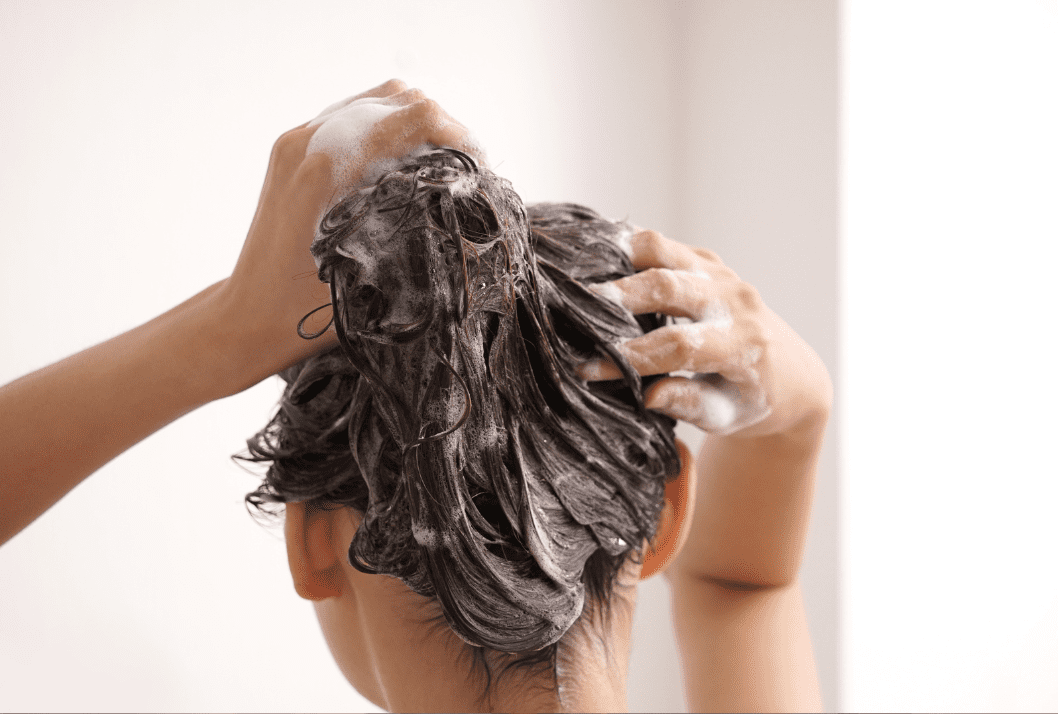Hair loss in children can be concerning for both parents and children, affecting self-esteem and confidence. While hair loss can be due to various factors, including genetics, medical conditions, or poor hair care practices, parents can take several proactive steps to help prevent early hair loss in their children. Here are five tips to help maintain healthy hair and reduce the risk of early hair loss in children.
-
Ensure a Balanced and Nutritious Diet
A well-balanced diet rich in essential nutrients is not just vital, but empowering for healthy hair growth. Deficiencies in specific vitamins and minerals can contribute to hair loss, but with the right diet, parents can take control of their child’s hair health.
- Iron and Protein
Iron deficiency can lead to anemia, a common cause of hair loss. Ensure your child’s diet includes iron-rich foods such as lean meats, beans, and spinach. Protein is also crucial, as hair is primarily composed of keratin, a protein. Include protein sources like eggs, dairy products, and nuts in your child’s diet.
- Vitamins and Minerals
Essential vitamins like A, C, D, and E, as well as zinc and biotin, play crucial roles in hair health. Encourage the consumption of fruits, vegetables, whole grains, and nuts to provide these nutrients.
-
Hydration
Hydration is a key factor in overall health, including hair health. Adequate water intake is essential for maintaining the body’s natural balance, which in turn supports healthy hair. Parents should ensure their children stay hydrated throughout the day.
- Gentle Hair Care
The way parents care for their children’s hair can have a significant impact on its health. Harsh treatment can damage hair, leading to breakage and loss. Therefore, it’s important to practice gentle hair care to maintain healthy hair.
- Avoid Tight Hairstyles
Repeatedly pulling hair back tightly can cause traction alopecia, which leads to hair loss. Opt for looser hairstyles and avoid tight braids, ponytails, or buns.
- Use Mild Hair Products
Choose shampoos and conditioners that are gentle and free from harsh chemicals. Look for products formulated specifically for children, which tend to be milder.
- Limit Heat Styling
Minimize heat-styling tools such as hair dryers, curling irons, and straighteners, as excessive heat can damage hair and lead to breakage. Use a low setting and a heat-protectant spray if heat styling is necessary.
-
Promote Good Hygiene and Scalp Care
Proper scalp care is crucial for healthy hair growth, and it’s a responsibility that parents can take on. A clean, healthy scalp is less prone to conditions that can lead to hair loss, and parents play a key role in ensuring this.
- Regular Washing
Regularly wash your child’s hair to remove dirt, oil, and buildup. The frequency depends on the child’s hair type and activity level, but the aim is generally every two to three days.
- Gentle Scalp Massage
During washing, gently massage the scalp with your fingertips to stimulate blood circulation and promote hair growth.
- Avoid Overwashing
Overwashing can strip the scalp of natural oils, leading to dryness and irritation. Strike a balance based on your child’s hair and scalp needs.
-
Address Medical Conditions Promptly
Various medical conditions can cause hair loss in children. Early detection and treatment are crucial for preventing further hair loss.
- Monitor for Symptoms
Be vigilant for signs of hair loss or scalp issues, such as excessive shedding, bald patches, redness, or scaling. Conditions like alopecia areata, tinea capitis (scalp ringworm), and trichotillomania (compulsive hair pulling) require medical attention.
- Consult a Healthcare Professional
If you notice unusual hair loss or scalp issues, consult a pediatrician or dermatologist. They can diagnose any underlying conditions and recommend appropriate treatments.
-
Encourage Stress Management and Emotional Well-Being
Stress and emotional distress can contribute to hair loss in children, but parents can take steps to manage this. Ensuring a supportive environment and teaching stress management techniques can provide reassurance and help prevent hair loss.
- Create a Supportive Environment
Foster open communication with your child, encouraging them to express their feelings and concerns. A supportive and understanding environment can help reduce stress and anxiety.
- Introduce Relaxation Techniques
Teach your child simple relaxation techniques such as deep breathing exercises, mindfulness, or gentle yoga. These practices can help manage stress and promote overall well-being.
- Encourage Physical Activity
Regular physical activity is a great way to relieve stress and promote a healthy lifestyle. Please encourage your child to engage in activities they enjoy: playing sports, dancing, or cycling.
Conclusion
Preventing early hair loss in children involves a combination of good nutrition, gentle hair care, proper hygiene, timely medical attention, and stress management. By implementing these tips, parents can help maintain their child’s hair loss. It’s important to remember that hair loss can sometimes be a sign of underlying health issues, so consulting a healthcare professional when necessary is crucial for proper diagnosis and treatment. With the proper care and attention, children can enjoy healthy, strong hair as they grow.

